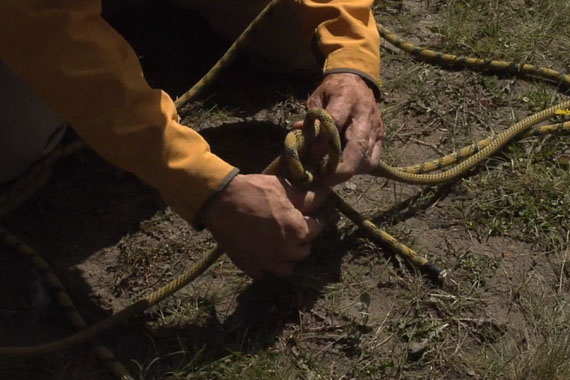A bend joins two lengths of rope. More bends exist, but the following are simply the essentials.
Offset overhand bend
Often used to join two ropes together, this bend is useful in avoiding snags sometimes caused by a double fisherman’s bend. If tied without a backup, ensure a sufficient tail. It’s easy, efficient, and effective.
Double fisherman’s bend
Can be used as an alternative method of tying two ropes together, or to connect ends of cord (as in making a climbing prusik).
Water knot
As opposed to the double fisherman’s, which is typically used for cord, the water knot is used to tie two ends of tubular webbing. This bend has been known to slide over extended use, so maintain close attention to tail lengths.








